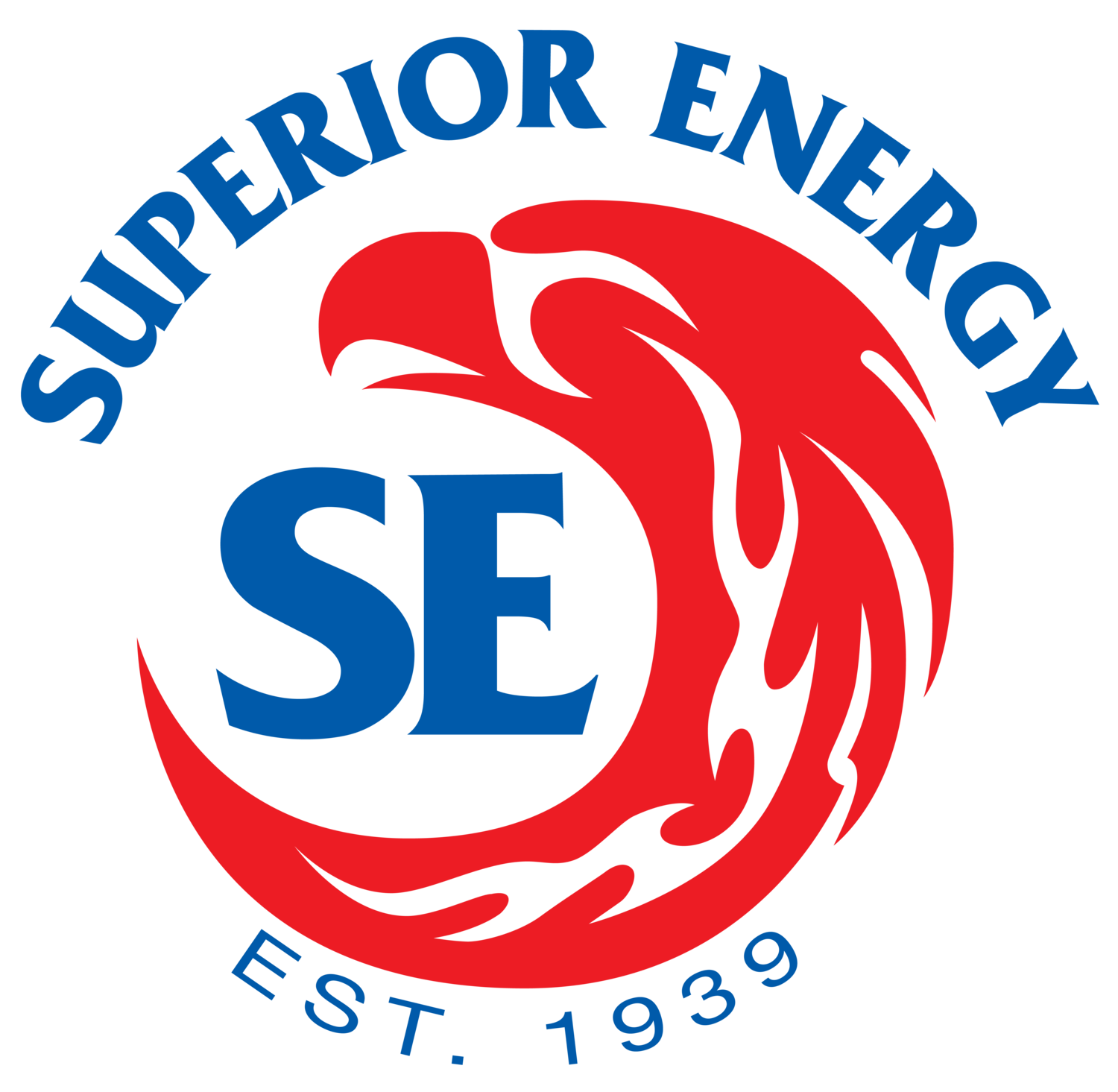Tune Up Equipment and Heating Systems to Gain Efficiency
September 11, 2008 – Consumers can expect a spike in heating costs this winter-on average 20 percent over last year-according to the Energy Information Administration (EIA). In the Northeast, the outlook is even bleaker with residents here looking at an increase of nearly 31 percent over last season. Price increases are outside the control of local energy suppliers. They are being driven by higher wholesale prices which are fueled by international unrest and increased demand in countries like India and China.
Northeasterners typically try to get a jump on winter fuel prices by using budget payment programs or filling their fuel tanks during the late summer when prices are lower. But this year’s prices have been very volatile and have not had the predictable pattern of prior years.
Consumers are not entirely powerless, though, and many have already started to react to higher energy bills. Many homeowners are realizing that they can offset some of the high cost of heating their home by conducting a routine all-around assessment of the heating system which ensures optimal efficiency.
“Most people take the time to perform regular maintenance on their cars because we all depend on them day-in and day-out. The same should apply to our home heating systems,” said Joe Rose, president of the Propane Gas Association of New England (PGANE). “An energy-efficient home is a strong defense against the winter chill,” he added.
As a heating fuel, propane is growing in popularity throughout the United States. According to a survey conducted by the National Association of Home Builders, more than 65% of homes built in the past year featured propane or natural gas. Propane extends the benefits of clean-burning and efficient gas appliances beyond the natural gas mains to suburban and rural areas.
For a thorough and scheduled maintenance check, Mr. Rose recommends calling professionals. “Propane marketers have trained service technicians that can perform efficiency and safety tests on all controls, inspect the vents, and tune-up the system so that it operates at peak efficiency,” said Rose. “Propane marketers can also help homeowners determine whether to replace older heating systems with newer, high-efficiency equipment which can lower fuel costs significantly over time” he added.
Did you know?
Cranking up the heat to warm the house quickly does NOT work. The house will warm up at the same rate regardless of the temperature setting.
Turning down the thermostat just five degrees at night or while the house is not occupied can reduce heating bills by as much as fiver percent. If homeowners plan to be away for a weekend or longer, turn the thermostat down 10 degrees.
Programmable thermostats, which automatically turn the heat down during weekdays and at night, are inexpensive and easy to install.
The chimney acts like an open window. Be sure the damper is closed when the fireplace is not in use. Check the seal on the flue damper making it as snug as possible. Consider installing tempered glass doors and a heat-air exchange system that blows warm air into the room.
Ceiling fans are useful all year round. The fan creates a gentle updraft that moves warm air from the ceiling and distributes it evenly throughout the room.
For increased heating system performance in any home, Superior Energy recommends the following:
Clean or replace air filters on forced-air heating systems.
Caulk around doors and windows to keep heat in and drafts out. Make sure storm windows are secure.
Make sure heating vents and registers are clean and not blocked by curtains or furniture.
Check attic and crawl spaces for proper insulation: at least seven inches of fiberglass or rock wool or 6 inches of cellulose. Consider installing roof vents and inlets to improve ventilation.
Repair any air leaks in ductwork with duct tape.
Seal air leaks around openings where plumbing and electrical wiring goes through walls, floors and ceilings.







